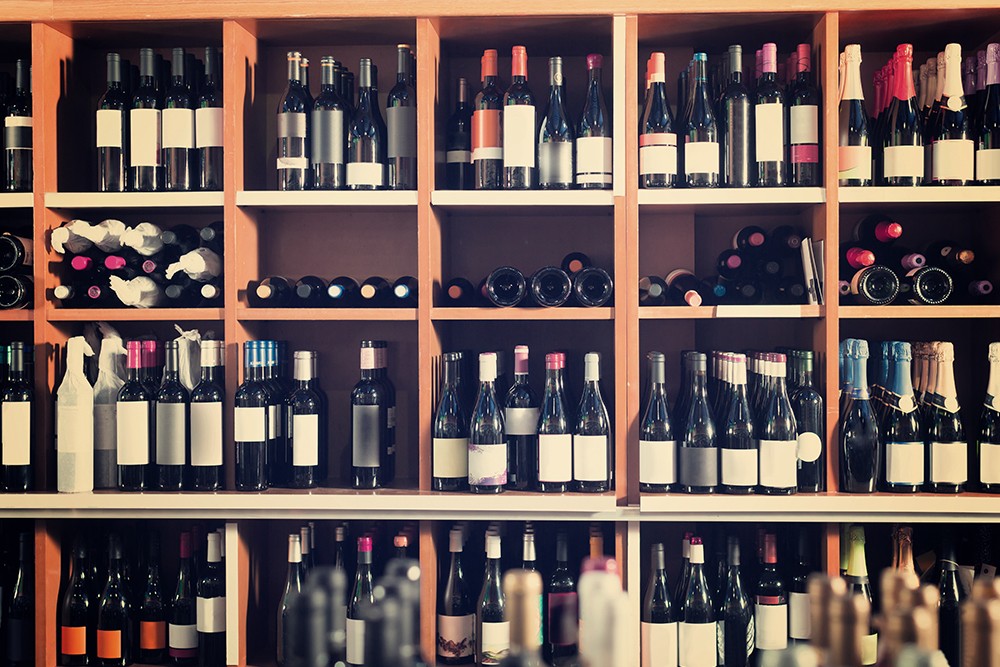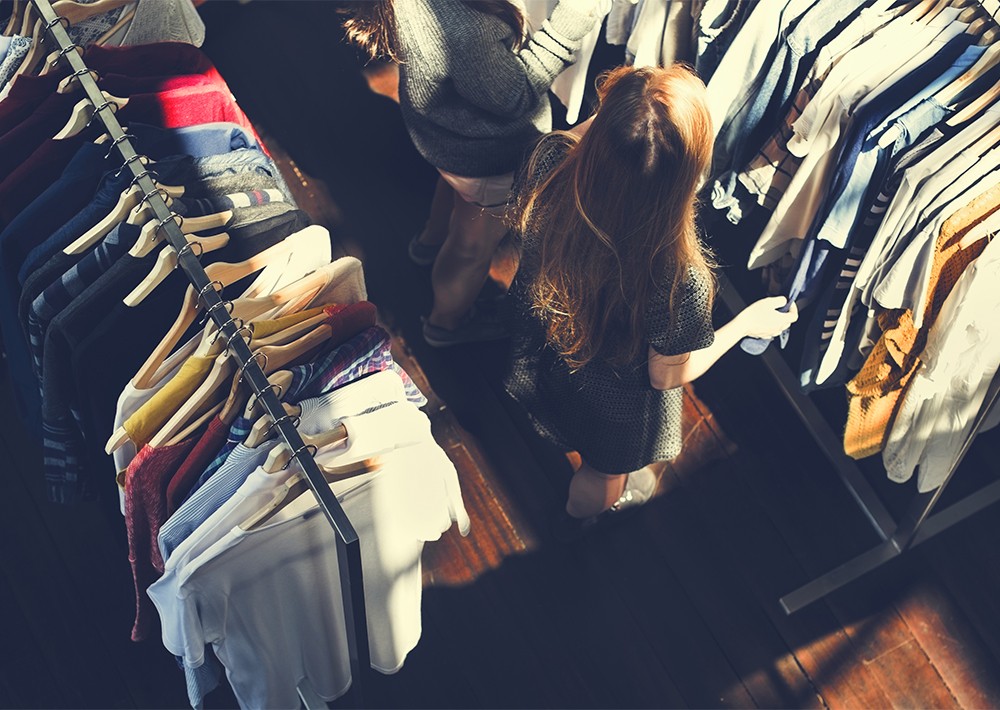
The big questions for modern retail
The US retail sector may have experienced a bumper festive season, but as many in the industry attest modern retail is a landscape that can rapidly shift.
That means many store owners will be looking to use all the tools available to gain a competitive edge and consolidate their position over the months ahead.
If you’re looking to navigate the changing landscape of retail, here are three big questions every retailer should ask themselves.
Is it frictionless?
A frictionless purchasing journey is one of the major differentiators between retailers on the cutting edge of modern retail and those languishing in the past.
So, what exactly is frictionless and how is it employed? Frictionless describes the entire purchasing journey. It’s a customer experience that eliminates barriers to buying at every touchpoint along the way.
Frictionless retail encompasses both an online and instore focus, seeing the two different types of interactions with a brand seamlessly intersect.
Strategies that accommodate frictionless retail include:
- Omnichannel
- Buy online pick-up instore (BOPIS)
- Mobile Point of Sale to reduce time spent in the queue
- Scan and Go
- Curb-side pickup and delivery
- Streamlined returns
Retail Customer Experience notes the customer’s definition of frictionless continues to evolve.
“…they’ve also become a lot less patient when they encounter what they perceive as friction…consumers from all generational groups expect great service and an ideal shopping experience, regardless of where they are in their shopping journey.
“If brands don’t deliver, consumers will take their business elsewhere. In fact, 76 per cent of consumers surveyed only give brands two to three chances before they stop shopping with them, and 43 per cent cite a poor experience as their top reason to leave a brand behind for good. Simply put, consumers who encounter friction will run the other way fast, and second chances don’t come easily.”
Is it convenient?

According to the latest Consumer View Report by the US National Retail Federation, convenience now ranks as the third most important factor in all purchasing decisions in modern retail.
The report further found an astounding 97 per cent of shoppers noted they had backed out of a purchase because it was inconvenient to them.
Convenience is about catering to a time-poor consumer by enabling them to access items online, find them quickly instore, have them delivered if they wish and pay for them using the method they chose.
The NRF study found, in online retail, 38 per cent of people indicated convenience matters most in the research phase. That was followed by post-purchase (23 per cent), then right before the purchase (20 per cent), and finally at the checkout (18 per cent).
In stores, convenience matters most at the checkout (40 per cent), right before making a purchase (25 per cent), post-purchase (18 per cent), and then in the research phase (16 per cent).
So how do you offer convenience? Well like frictionless retail it’s all about making the experience easy for the customer.
Convenience initiatives include:
- Omnichannel options
- BOPIS
- Curb-side delivery and pickup
- Self-checkouts or scan and go
Does it resonate?
One of the major emerging trends of recent years is the concept of the conscious consumer who expects their chosen brands and products to resonate with their ethical, sustainable and/or environmental values.
In 2018, research firm Nielsen noted half of all Americans would change their consumption habits if they felt it could reduce their impact on the environment.
Labelling it ‘the year of the conscious consumer’, they found the trend was reflected in Baby Boomers, Millennials and Gen X alike. That said, technology-savvy Millennials, were more adamant in their push.
Neilson’s research noted 83 per cent of Millennials (aged 21-34) said it was extremely important to them that companies implement programs to improve the environment, compared to 66 per cent of Gen X and 62 per cent of Baby Boomers.
What’s more:
- Millennials are twice as likely (75 per cent vs 34 per cent) than Baby Boomers to say they are definitely or probably changing their habits to reduce their impact on the environment.
- They’re also more willing to pay more for products that contain environmentally friendly or sustainable ingredients (90 per cent vs 61 per cent), organic/natural ingredients (86 per cent vs 59 per cent), or products that have social responsibility claims (80 per cent vs 48 per cent).
So how do retailers ensure their ethos and products resonate with a conscious consumer?
Well, there are four common ways:
- Transparency and authenticity
- Through ethical sourcing and manufacturing
- By taking a stand on issues that matter to consumers
- Good treatment of staff and suppliers
- Initiatives like recycling that minimise waste and environmental harm
The final word
The customer expectation might be changing, with new criteria added to an ever-growing list of boxes a retailer must tick. But those who recognise the shift and are at the forefront of the response, position themselves best reap the rewards of customer recognition, loyalty and purchasing.


